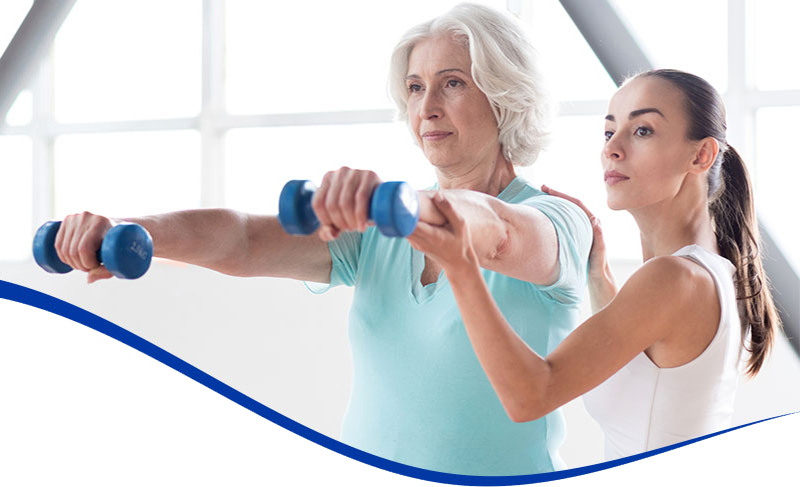Scoliosis Your Solution for Scoliosis and Pain Relief from Scoliosis in Warren, Michigan
Stand Tall, Stand Strong: Defy Scoliosis with Expert Care Relief from pain and discomfort associated with Scoliosis is now available in the Warren, Michigan area. Call us today and see if you are a candidate for this revolutionary non surgical treatment.
about Scoliosis You are a candidate for this treatment if you have:
- Noticeable curvature of the spine
- Noticeable curvature of the spine
- Limited mobility or flexibility due to the spinal deformity
- Uneven hips or shoulders
- Breathing difficulties or reduced lung capacity
- Fatigue or muscle imbalances related to the spine's curvature.
Treatment of scoliosis is based on the severity of the curve and the chances of the curve getting worse. Certain types of scoliosis have a greater chance of getting worse, so the type of scoliosis also helps to determine the proper treatment. There are a few categories of treatment: observation, bracing, surgery AND the Non-Surgical approach in use at the Spinal Recovery and Joint Center.
Functional Scoliosis is caused by an abnormality elsewhere in the body. This type of scoliosis is treated by treating that abnormality, such as a difference in leg length. A small wedge can be placed in the shoe to help even out the leg length and prevent the spine from curving. There is no direct treatment of the spine because the spine is normal in these people.
Neuromuscular Scoliosis is caused by an abnormal development of the bones of the spine. These types of scoliosis have the greatest chance for getting worse. Observation and bracing do not normally work well for these people. Some people may eventually need surgery to stop the curve from getting worse, but at the Spinal Recovery we have several non-surgical steps that can be taken.
Scoliosis Commonly Asked Questions
Scoliosis is a medical condition characterized by an abnormal curvature of the spine. The spine may curve to the side, resulting in an "S" or "C" shape.
In most cases, the cause of scoliosis is unknown and is termed idiopathic. Other potential causes include congenital spine abnormalities, neuromuscular conditions, or injuries.
Symptoms may include uneven shoulders or waist, one shoulder blade that appears more prominent than the other, or an uneven hip or ribcage.
A physical examination, including a thorough evaluation of the spine's curvature, is the first step. X-rays or other imaging tests may be necessary to determine the degree of curvature.
Scoliosis is often first detected during adolescence, especially during growth spurts. However, it can also be diagnosed in childhood or adulthood.
Scoliosis itself may not cause pain, but in some cases, the abnormal curvature can lead to discomfort, especially if the condition progresses.
Treatment varies based on the severity of the curvature. Mild cases may only require regular monitoring, while more severe cases may necessitate bracing or surgery.
The progression of scoliosis varies from person to person. It may worsen during periods of rapid growth, but in some cases, it remains stable.
Severe cases of scoliosis can impact lung function, as the abnormal curvature can affect the space within the chest cavity, limiting lung expansion.
While exercise cannot correct the curvature, it can help improve flexibility, muscle strength, and overall posture, which may help alleviate some discomfort associated with scoliosis.
It's important to consult a medical professional for an accurate diagnosis and personalized treatment plan if you suspect scoliosis.

Live a Pain-Free Life
Don't let pain control your life. At the Spinal Recovery and Joint Center, we can help you get back to doing the things you love. We offer a comprehensive range of pain management services, from chiropractic care to physical therapy to massage therapy. Our team of experts will work with you to develop a personalized treatment plan that will help you achieve your pain management goals.
